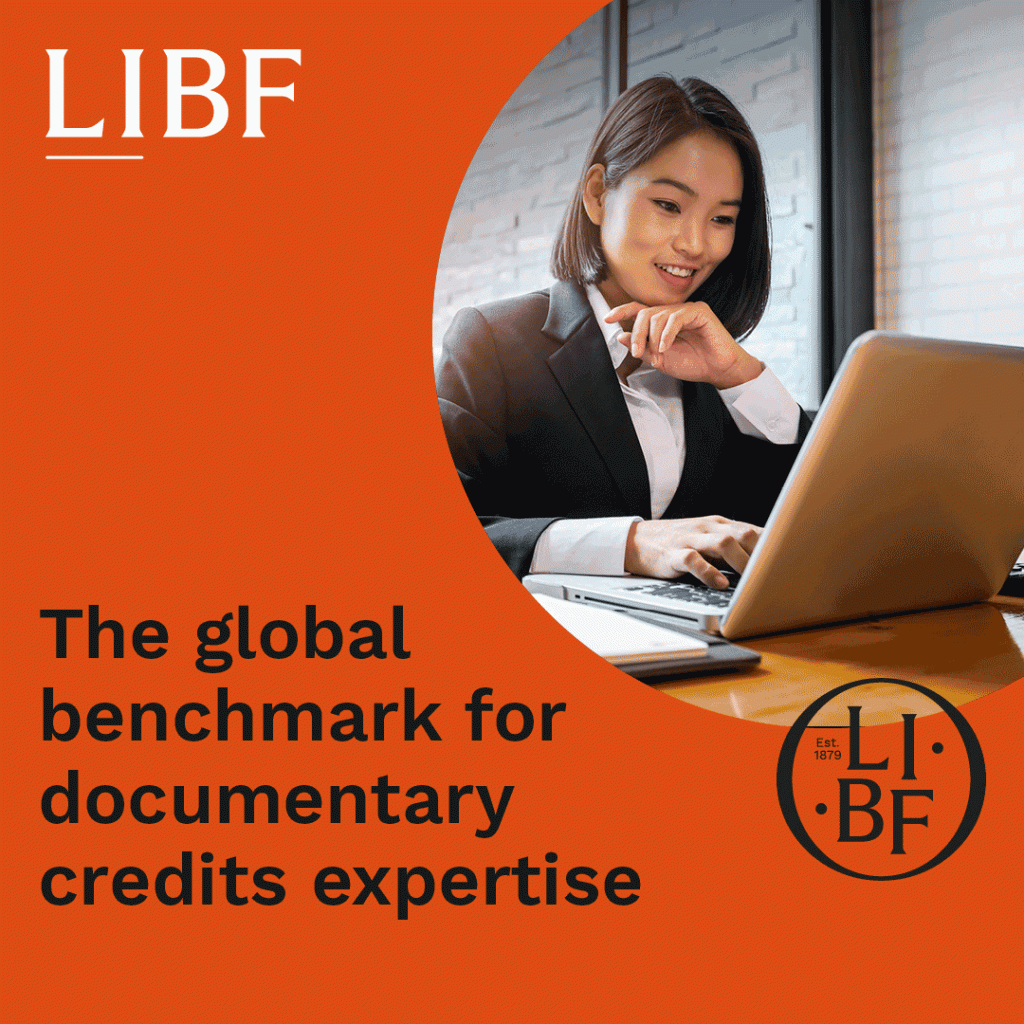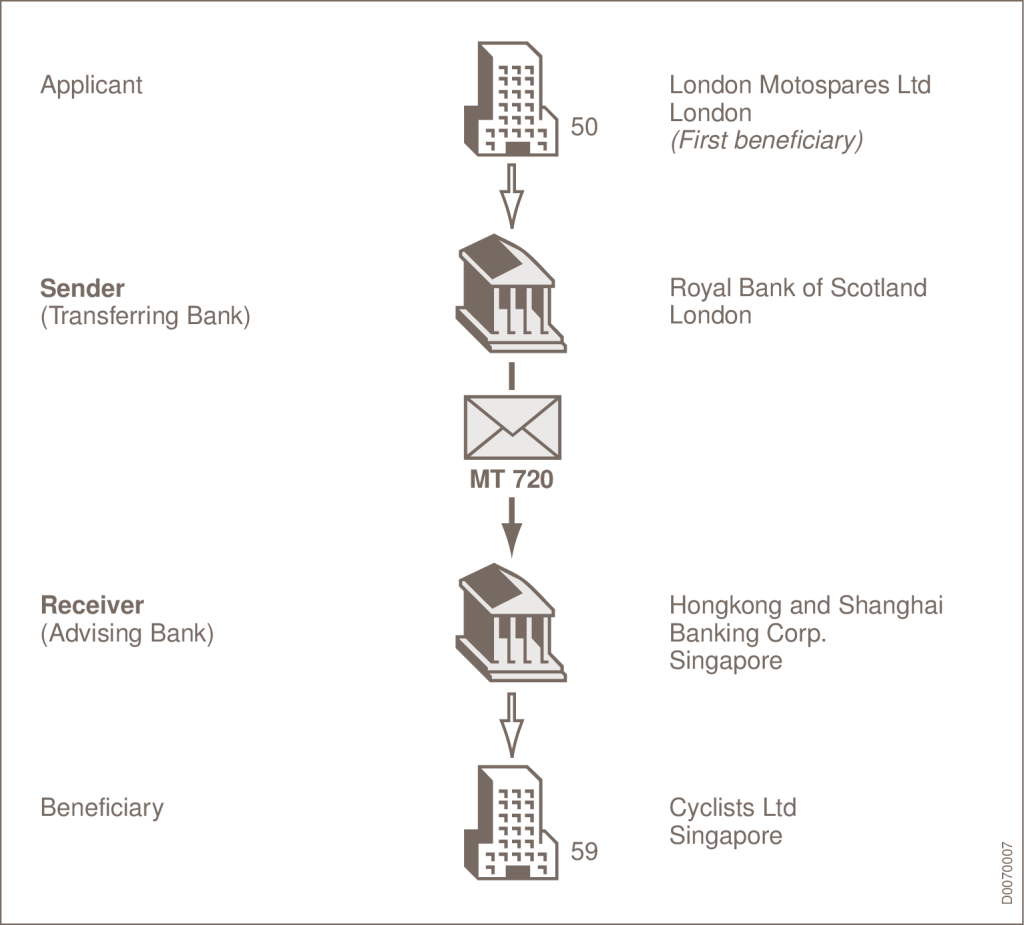Understanding MT 720: transfer of a documentary credit

Access trade, receivables and supply chain finance
We assist companies to access trade and receivables finance through our relationships with 270+ banks, funds and alternative finance houses.
Get Started
ADVERTISEMENT
Contents
Understanding MT 720: transfer of a documentary credit
The MT 720 message is crucial in international trade finance. It is designed for when a beneficiary requests a documentary credit to be transferred to a second beneficiary. This SWIFT message is dispatched by the bank authorised to manage the transfer and directed towards the bank advising the second beneficiary.
It outlines the terms and conditions of the transferred documentary credit–in full or part–ensuring that all involved parties understand the credit terms underpinning their transactions.
MT 720 format specifications
The MT 720 is used when a beneficiary requests the transfer of a documentary credit to a second beneficiary. The bank authorised to advise the transfer sends this message, ensuring that all parties involved are informed of the terms and conditions of the transferred credit.

- SOURCE: SWIFT
Challenges
- Complexity of transfer: Transferring a documentary credit can be complex, requiring meticulous attention to detail to ensure accuracy and compliance with international trade laws.
- Operational risks: Errors in the transfer process can lead to disputes, delays, and potential financial losses, highlighting the need for precision and expertise.
Advancements
- Digitalisation and blockchain: Efforts to digitalise trade finance processes and the introduction of blockchain technology promise to streamline the transfer of documentary credits, reduce errors, enhance security, and improve efficiency.
- Electronic documentary credits: The adoption of electronic documentary credits (eUCP) facilitates easier and faster transfers, enabling better tracking and management of credits throughout the trade process.
The MT 720 is a cornerstone in the architecture of international trade finance, providing a structured and secure method for transferring documentary credits.
It provides flexibility, accuracy, risk management, efficiency, and support for smaller businesses in international trade finance.
- More articles on SWIFT Messaging Types
- Messaging Types Resources















